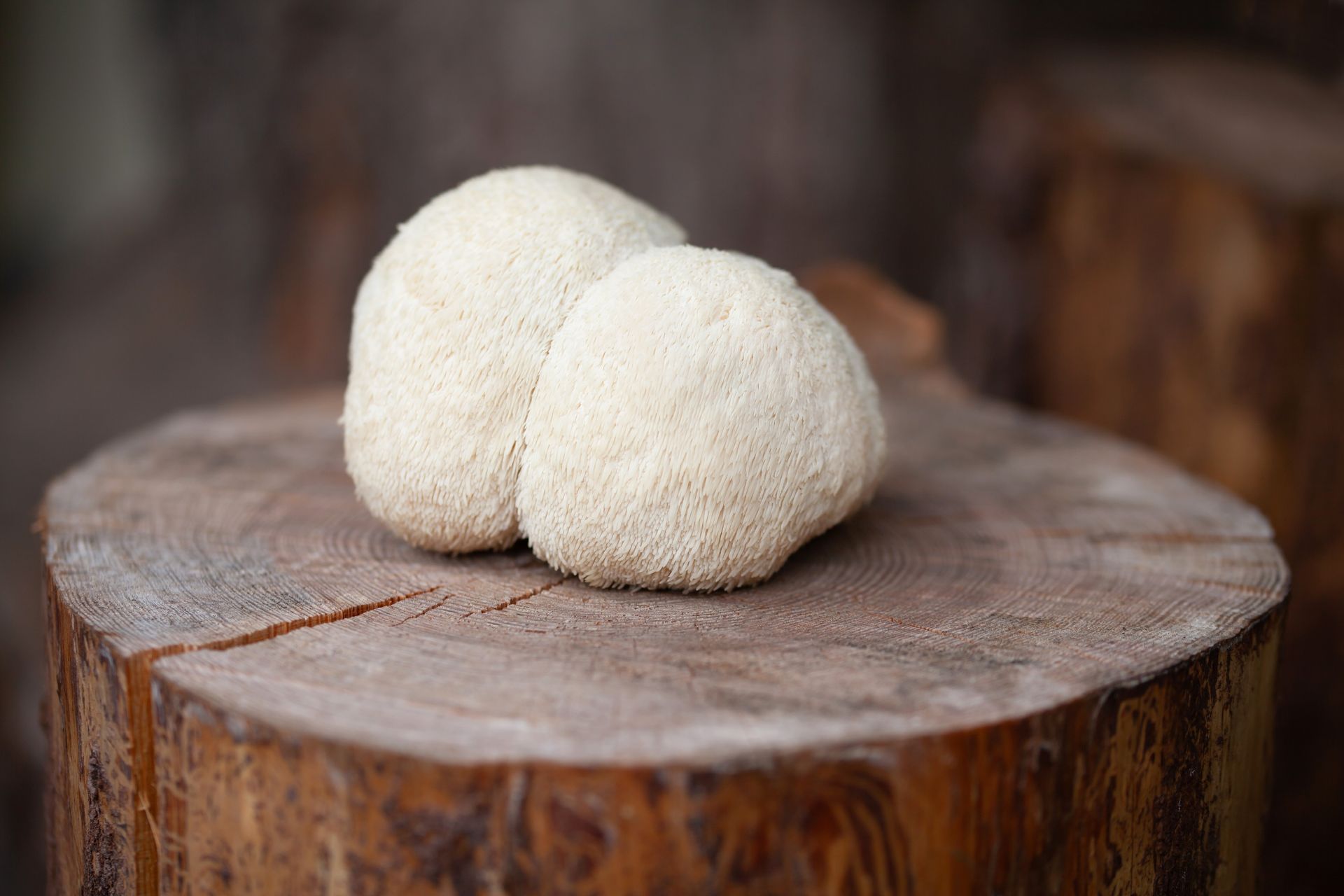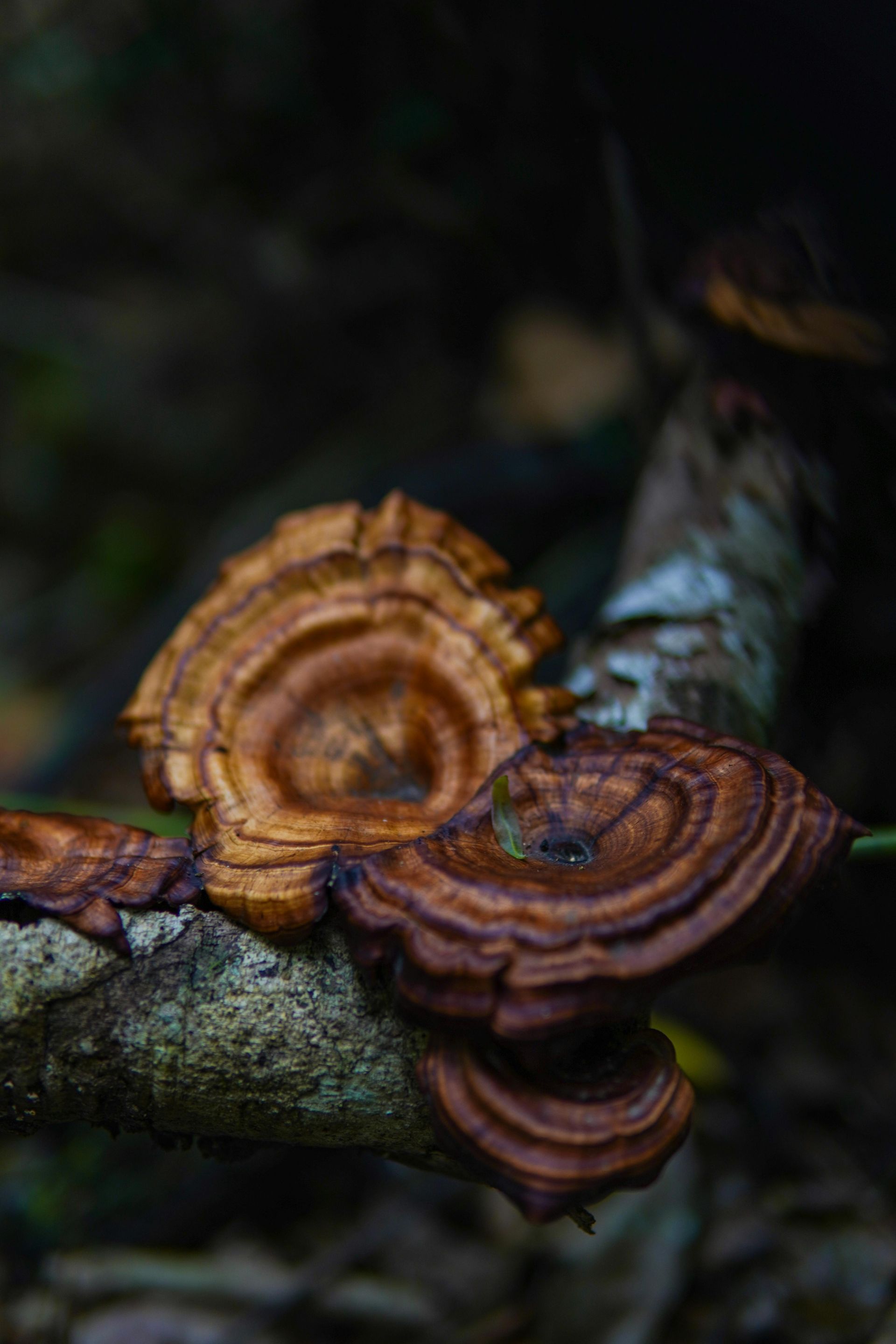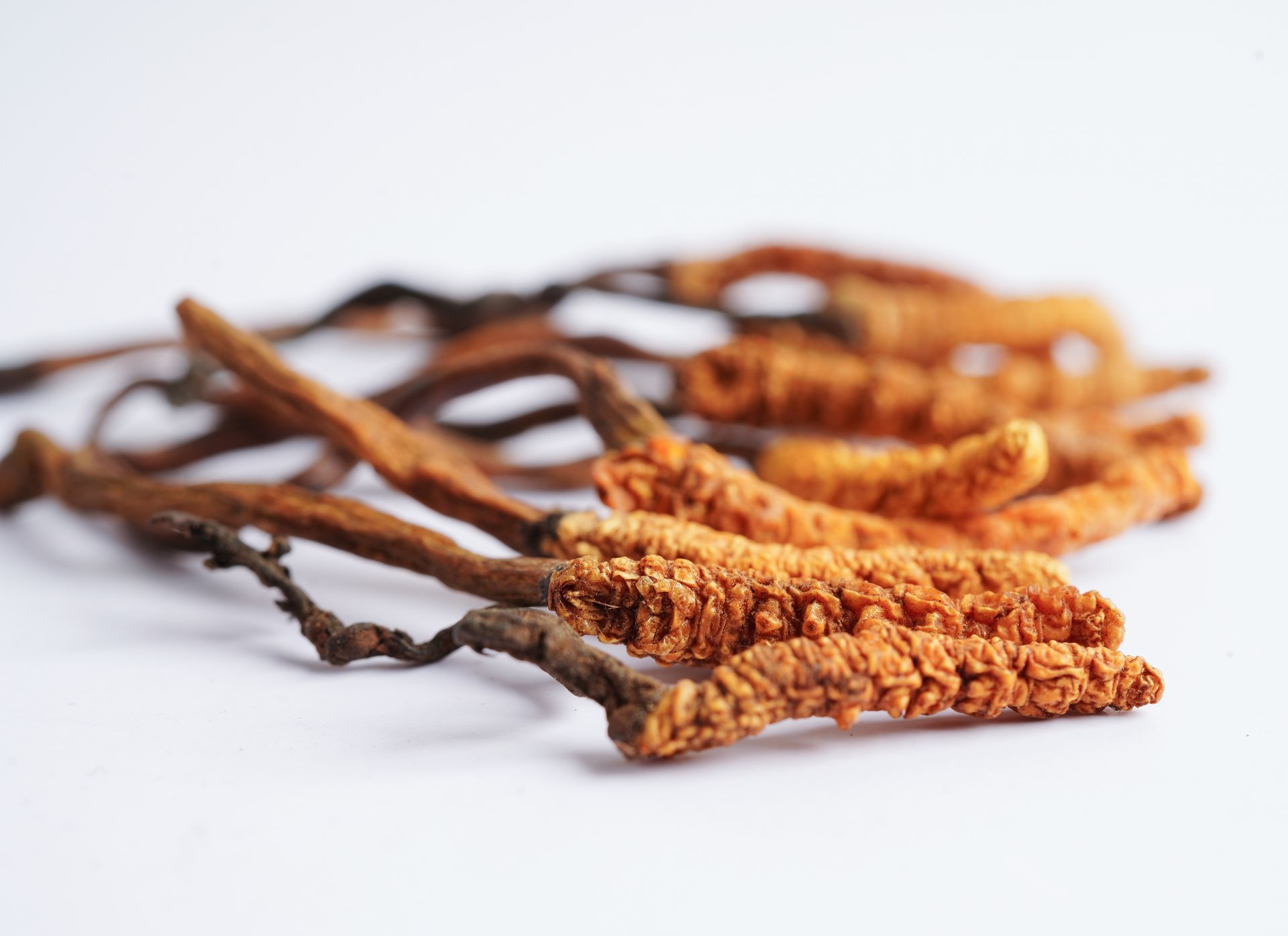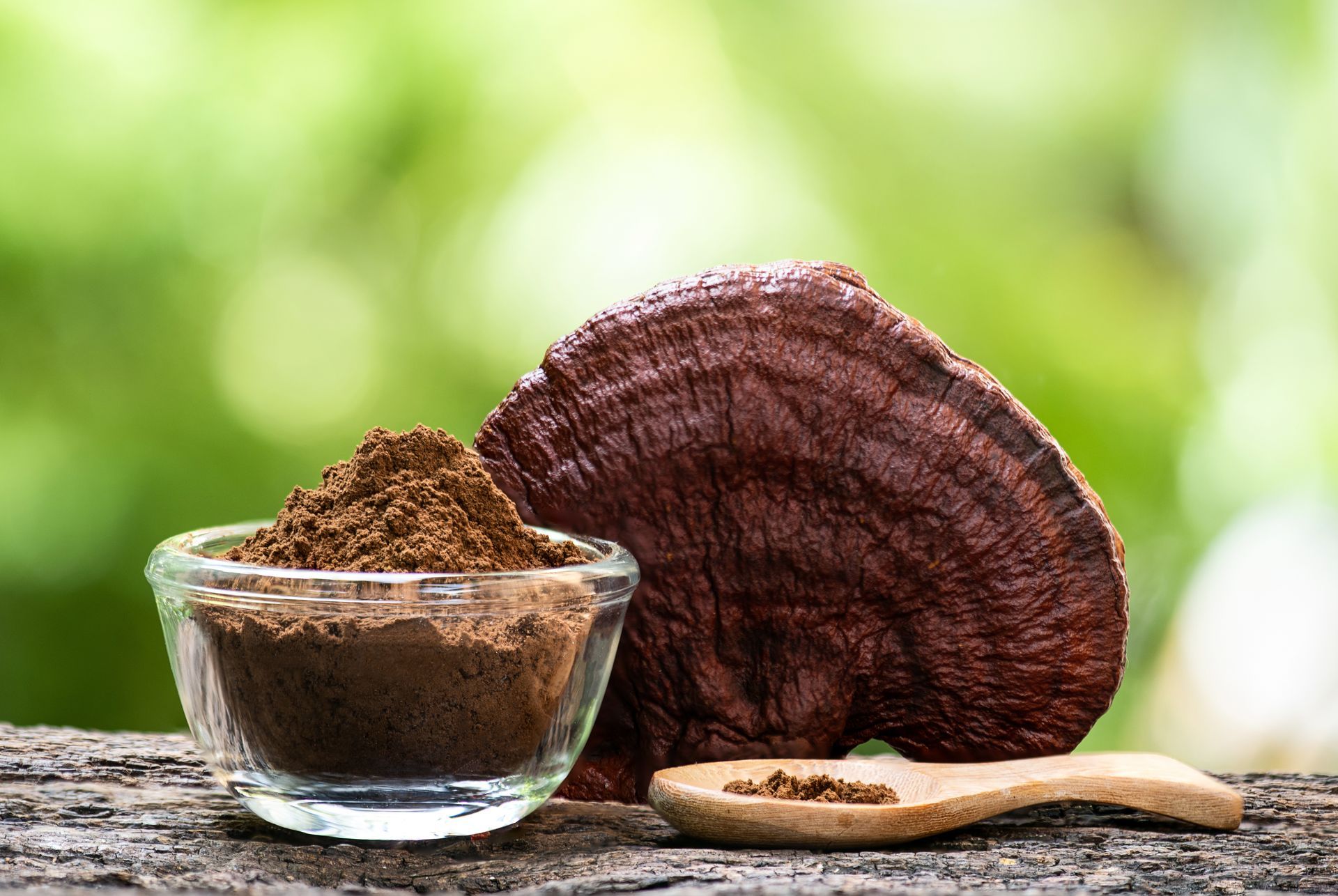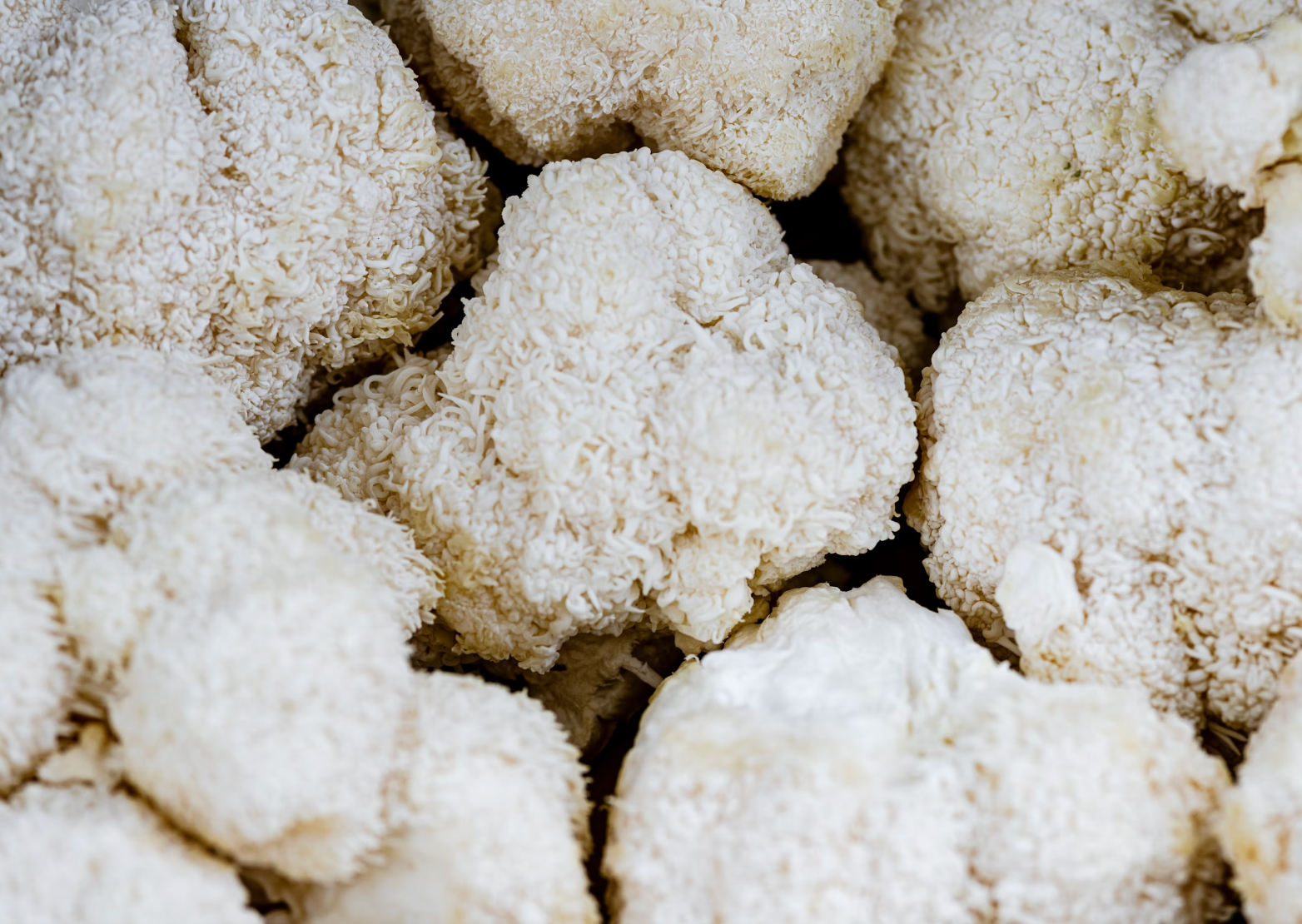What is Chaga? Exploring the Benefits of the “King of Mushrooms”
What is Chaga?
Chaga is not your typical mushroom. Its appearance resembles a charred piece of bark rather than the classic mushroom cap and stem. However, beneath its rugged exterior lies a treasure trove of nutrients and antioxidants that have been used in traditional medicine for centuries, particularly in Russia, Siberia, and other parts of Northern Europe and Asia.
Chaga mushroom (Inonotus obliquus), often referred to as the “King of Mushrooms,” is a fungus with a rich history in traditional medicine and a growing reputation in modern wellness circles. Found predominantly on birch trees in cold climates, Chaga is packed with bioactive compounds that make it a powerful ally for health and vitality. Let’s delve into what makes Chaga so unique and why it’s becoming a staple in wellness routines worldwide.
The Nutritional Powerhouse
Chaga is renowned for its dense concentration of nutrients and bioactive compounds. These include:
- Polysaccharides: Known for their immune-boosting properties.
- Beta-Glucans: A type of polysaccharide that helps regulate the immune system.
- Antioxidants: Chaga is one of the richest natural sources of antioxidants, boasting an ORAC (Oxygen Radical Absorbance Capacity) value significantly higher than blueberries and acai berries.
- Melanin: Provides Chaga with its dark color and may support skin health and cellular repair.
- Triterpenoids: Compounds with potential anti-inflammatory and anticancer properties.
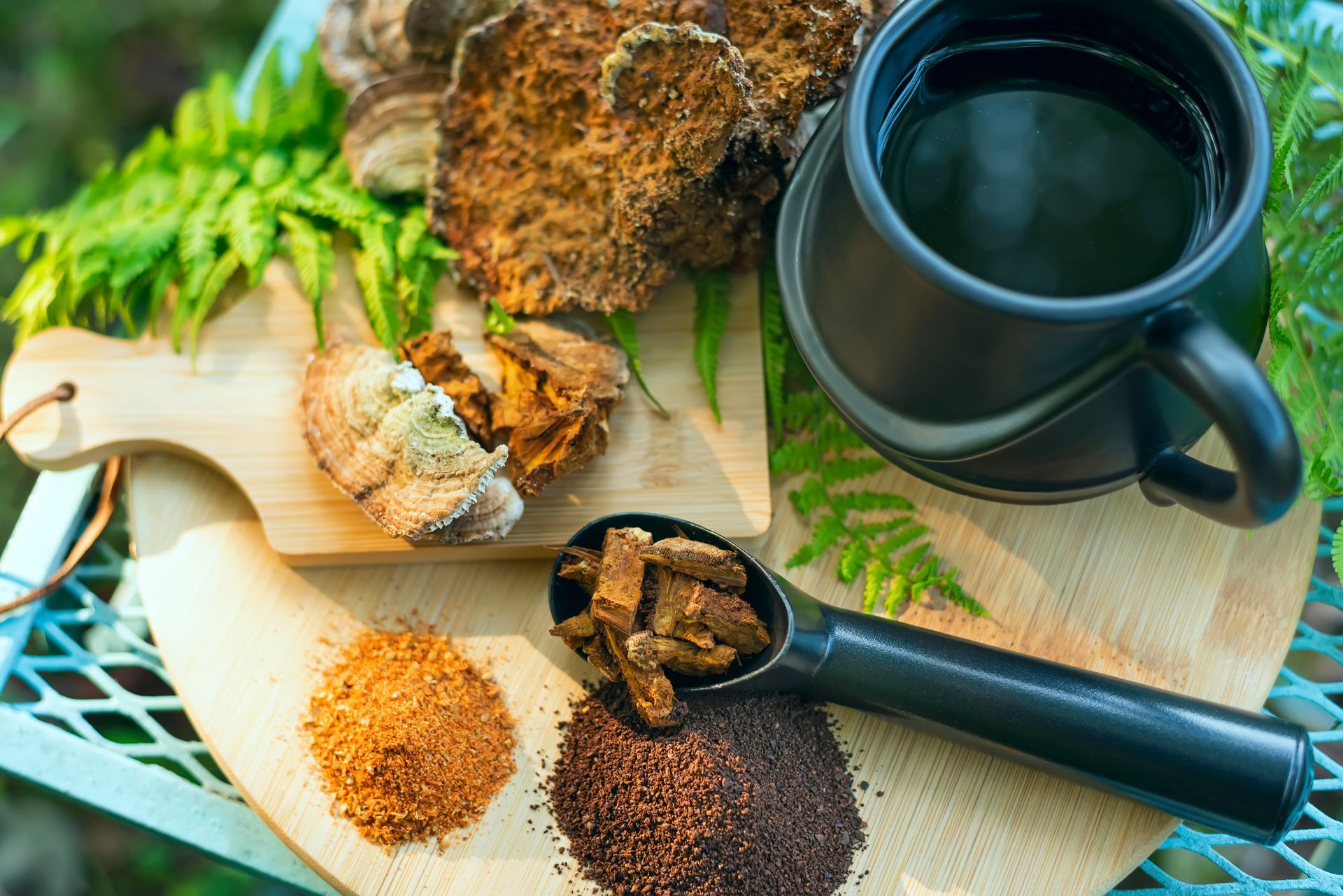
Key Health Benefits of Chaga
1. Immune Support
Chaga’s high concentration of beta-glucans and polysaccharides makes it a powerful immune system modulator. These compounds help balance the immune response, ensuring it is neither overactive (which can lead to autoimmune issues) nor underactive. Statistical Insight: A study published in the Journal of Ethnopharmacology found that Chaga extracts could stimulate the production of cytokines, proteins that play a crucial role in regulating immune responses.
2. Antioxidant Powerhouse
Chaga’s unparalleled antioxidant content helps neutralize free radicals, reducing oxidative stress and potentially slowing the aging process. Its antioxidants, such as superoxide dismutase (SOD), combat oxidative damage at the cellular level.
Statistical Insight: Chaga has an ORAC score of approximately 146,700, compared to blueberries at 9,621. This highlights its extraordinary ability to fight free radicals.
3. Anti-Inflammatory Properties
Inflammation is at the root of many chronic diseases, including arthritis, cardiovascular issues, and diabetes. The triterpenoids in Chaga, particularly betulinic acid, exhibit potent anti-inflammatory effects.
4. Potential Anti-Cancer Properties
While more research is needed, early studies suggest that Chaga may inhibit the growth of cancer cells. Its triterpenoids and polysaccharides are being investigated for their ability to induce apoptosis (programmed cell death) in tumor cells. Statistical Insight: A 2011 study in Phytotherapy Research found that Chaga extracts significantly reduced tumor growth in mice.
5. Digestive Health
Chaga has traditionally been used to support gut health and may help protect the stomach lining. Its anti-inflammatory properties make it a potential ally for managing digestive disorders.

How to Use Chaga
Chaga is versatile and easy to incorporate into your daily routine. At Mycelium Myndset, we offer high-quality dual-extracted Chaga powder that preserves its potent bioactive compounds. Here are some simple ways to use it:
- Brew as Tea: Simmer Chaga powder with water for a nutrient-rich tea.
- Add to Coffee: Mix a scoop of Chaga powder into your coffee for an antioxidant boost.
- Blend into Smoothies: Combine with your favorite fruits and greens for a health-packed drink.
The Mycelium Myndset Difference
At Mycelium Myndset, we prioritize transparency and quality. Our dual-extraction process ensures you receive the full spectrum of benefits from both the mycelium and fruiting bodies of Chaga. We rigorously test our products for potency and purity, delivering supplements you can trust.
Unlock The Power Of Chaga
Chaga isn’t just a supplement; it’s a gateway to better health and vitality. Whether you’re looking to bolster your immune system, combat oxidative stress, or support long-term wellness, Chaga is a natural choice backed by tradition and science.
Discover the “King of Mushrooms” with Mycelium Myndset. Explore our products today and start your journey toward a healthier you.
Shop now at:
myceliummyndset.com
